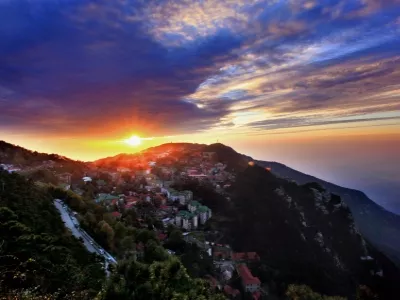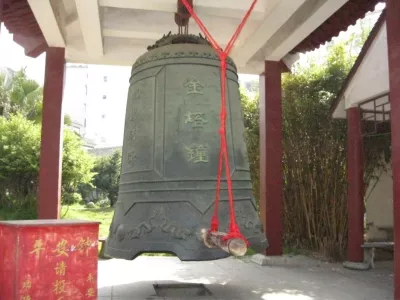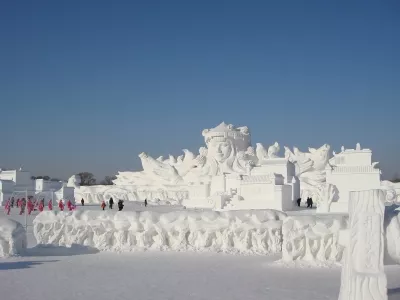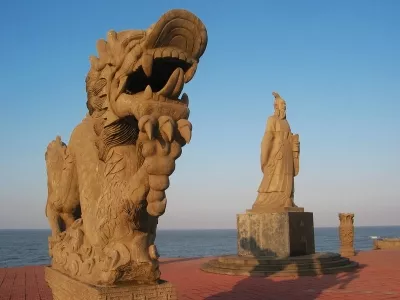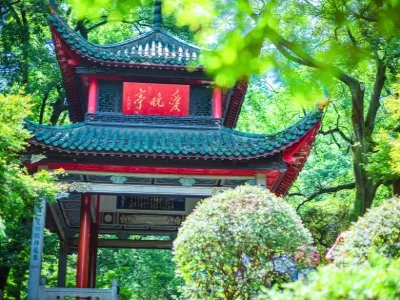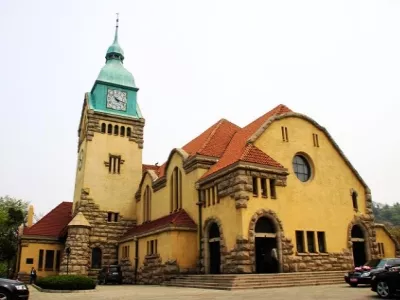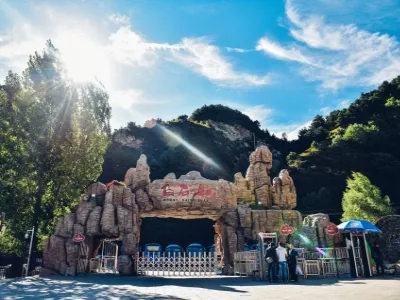Step into Jingdezhen and you'll be enveloped by a millennium of porcelain heritage. The aura of "china" permeates this ancient capital where artistry and history intertwine. As porcelain's global hallowed ground, Jingdezhen resembles a gifted Jiangnan maiden whose talents astound the world.
Majestic porcelain murals paint a regal cityscape. Even streets lamps and traffic lights flaunt exquisite blue-and-white motifs! Lively shops dazzle with intricate pieces - browsing feels like visiting a porcelain exhibit. Ceramics transform into building materials, with delicate columns and artistically-tiled walls.
Here, porcelain culture surrounds you, narrated through inspired details at every turn. From soaring sculptures to tiny tableware, Jingdezhen's craftsmanship captivates. Watch masters throw, carve and paint porcelain into life, honing skills passed down generations. Delight in the sensory experience of this porcelain capital, where creativity and beauty leave lasting impressions.
Best Travel Time
The best time of year to travel to Jingdezhen is autumn (late August to October). At this time, the temperature in Jingdezhen is relatively mild and there is little rain, and the annual "Jingdezhen International Ceramic Expo" is held in October. At this time, visitors to Jingdezhen can enjoy the true charm of the porcelain capital. In spring (March May), it's best to climb mountains and take a spring outing in the outskirts of Jingdezhen. It's recommended to go to Yaoli Ancient Town, where there are mountains and water. In the summer (June August), the temperature in Jingdezhen is high, so you can enjoy the Changjiang River in Jingdezhen. In winter (December February), Jingdezhen is particularly cold and it is not recommended to go there.History
Archaeological evidence confirms human activity in Lianyungang's ancient Mount Qushan and present-day Mount Jinping area as early as 10,000 years ago. In 1959 and 1978, the oldest Paleolithic sites in southeast China were discovered at Erjian and Daxian Village with clear stratigraphic layers. Mount Jinping has 19 Neolithic sites, with Erjian being one of China's earliest farming areas.
The 20-meter long, 10-meter wide "General Cliff Painting" discovered in 1979 was appraised by the State Administration of Cultural Heritage as "an extremely important cultural relic and rare major discovery, the earliest 'book' in China."
The Donghan era art treasure "Kongwang Mountain Grottoes Statues" are the earliest Buddhist grotto statues in China, 100-200 years earlier than the Dunhuang Grottoes, and protected at the national level.
The area is also steeped in history, with attractions related to Confucius' sea gazing, Emperor Qin's inspections, and famous poets and officials like Tao Yuanming, Li Bai, Su Dongpo, Shen Kuo, Li Qingzhao, Wu Cheng'en, Li Ruzhen, Wu Jingzi, Lin Zexu, Zhu Ziqing and more.



